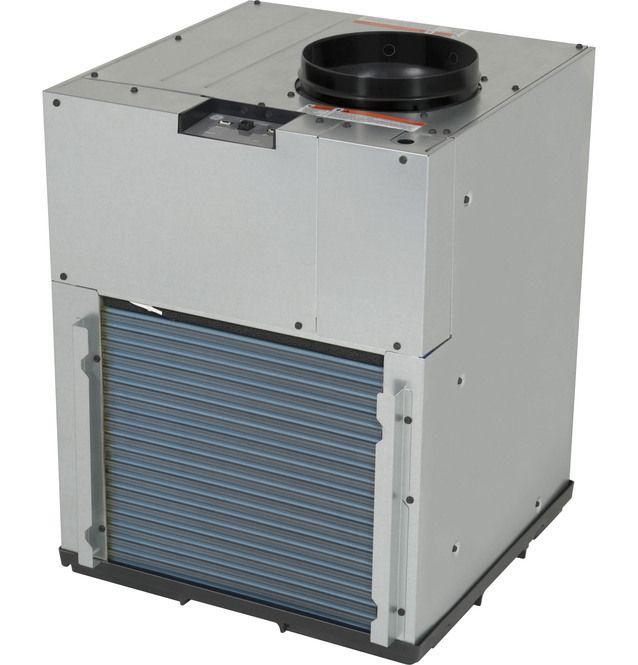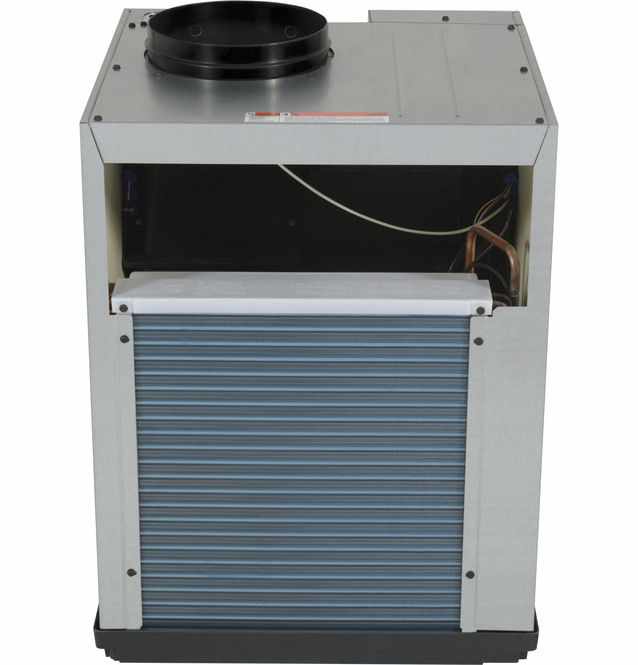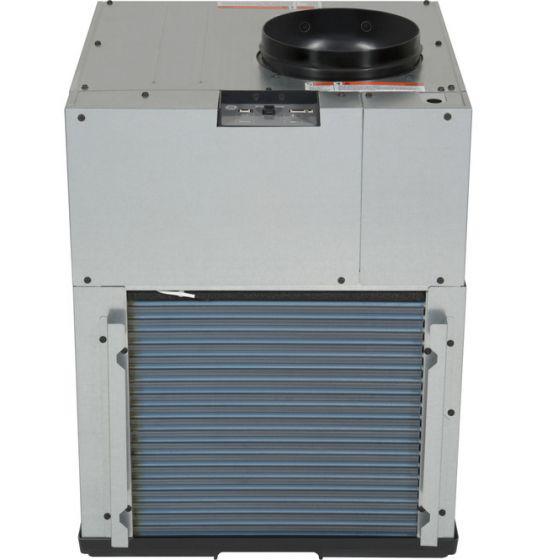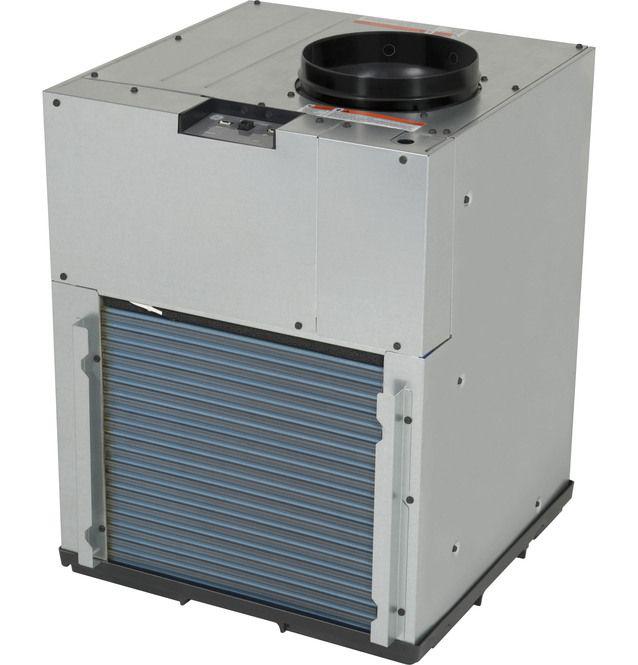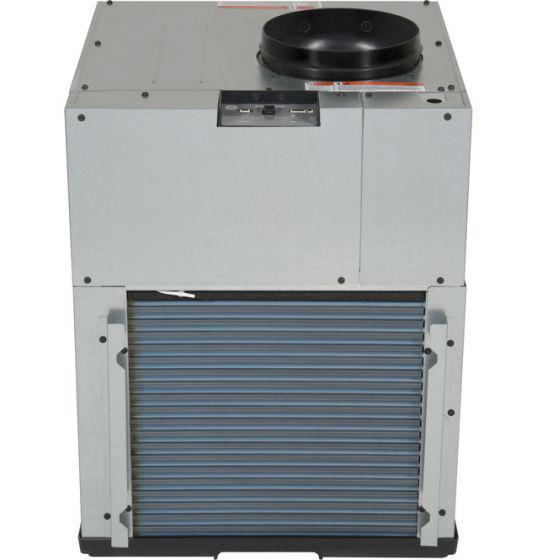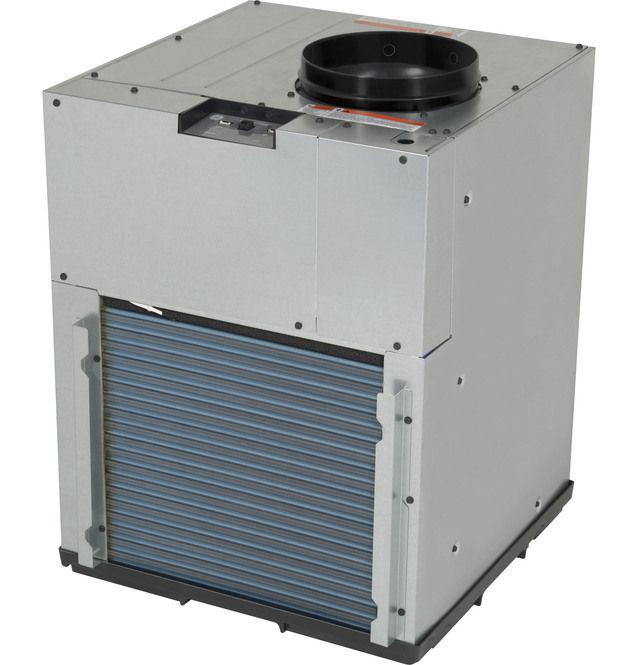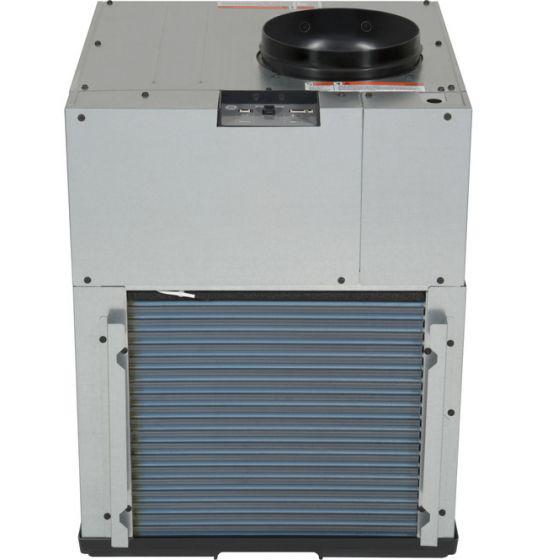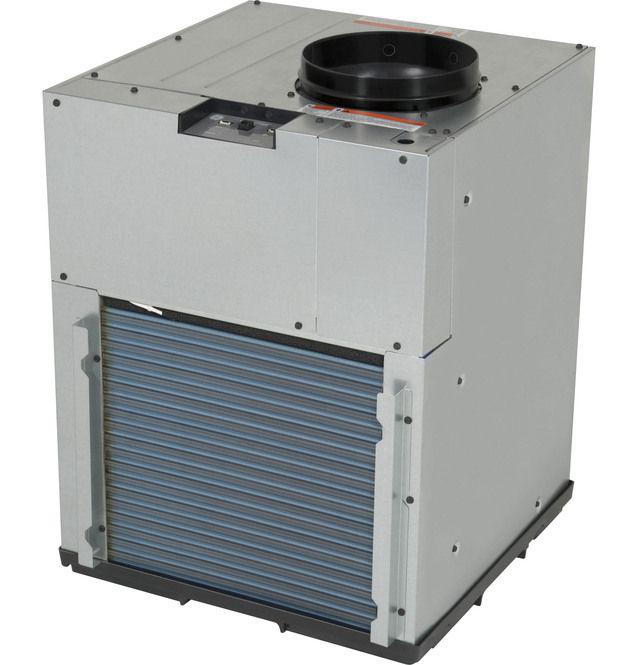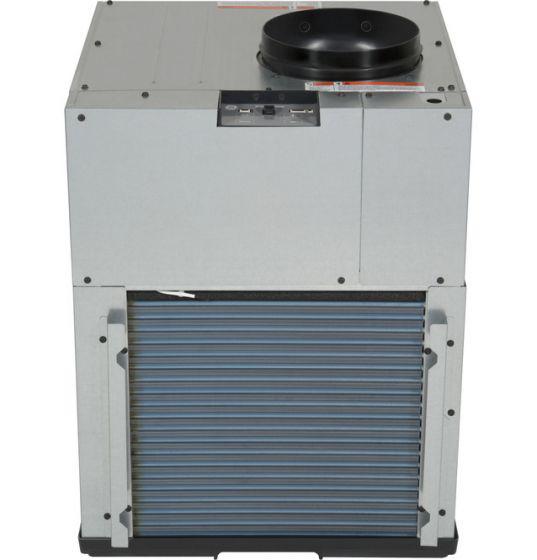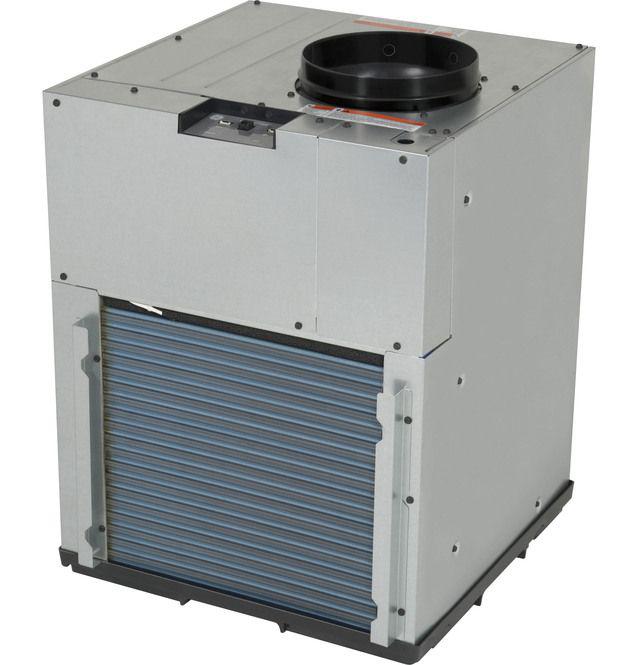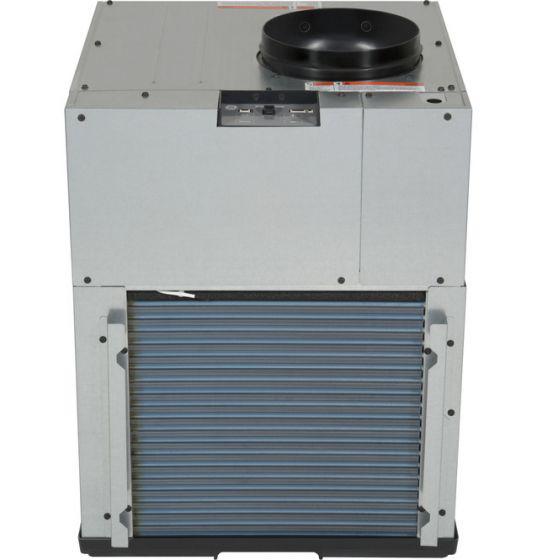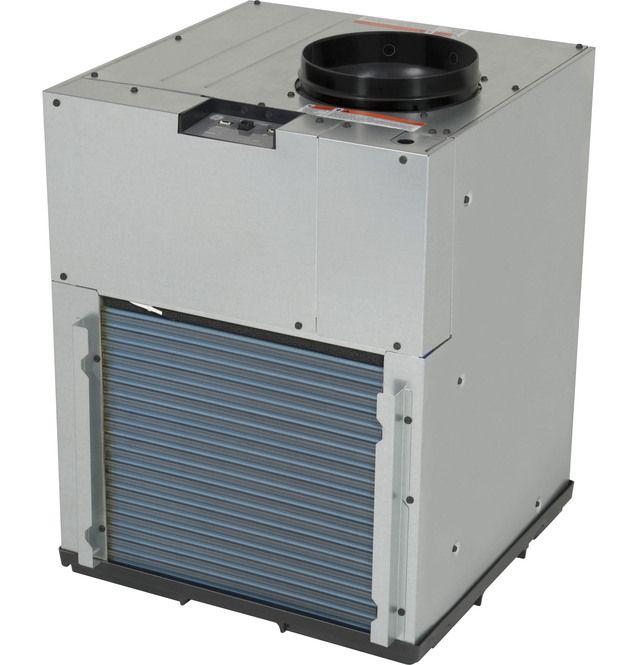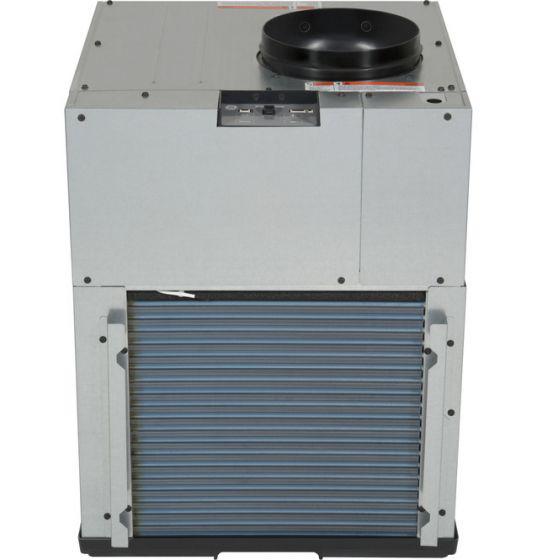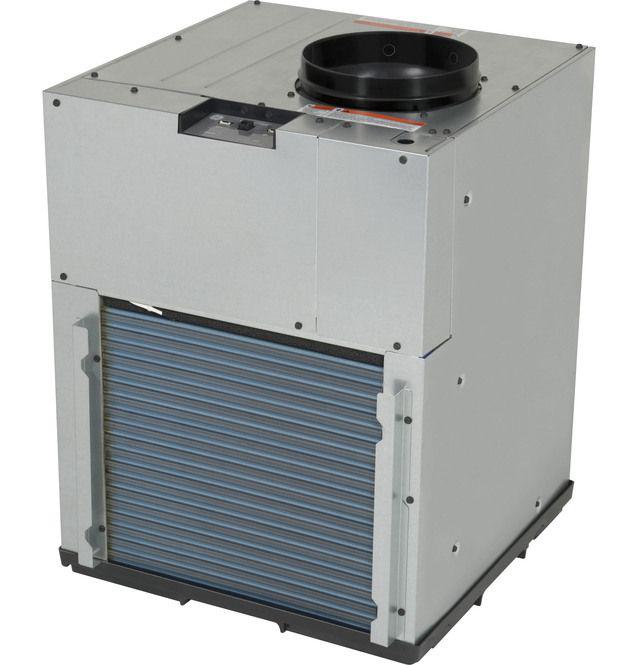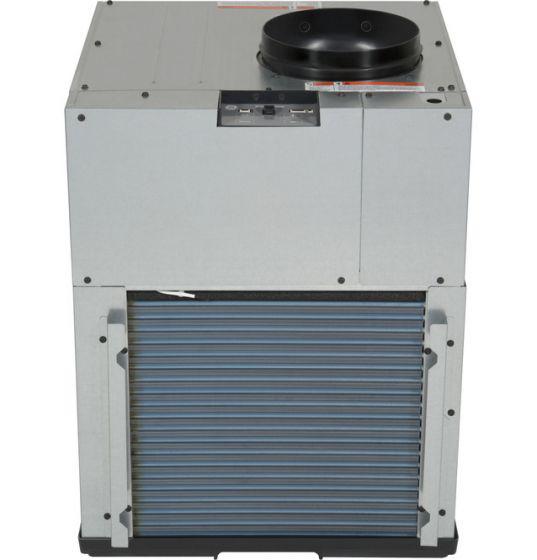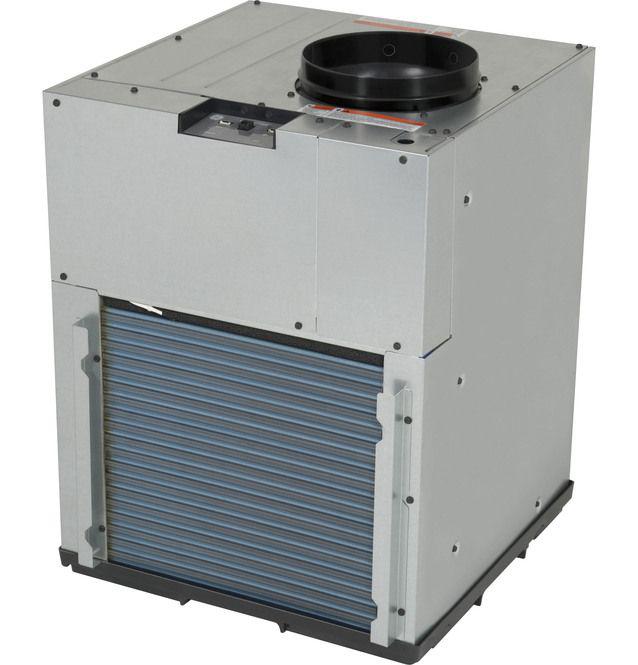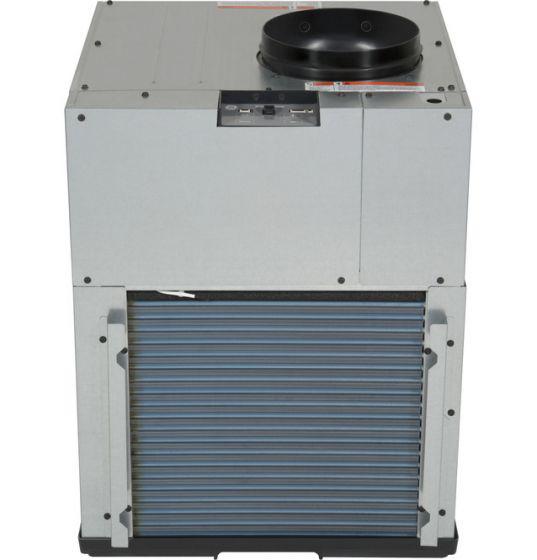Best VTAC Units
9 products
Showing 1 - 9 of 9 products
Vertical Terminal Air Conditioners (VTACs) are highly efficient heating and cooling systems commonly used in multi-room buildings such as hotels, apartment complexes, senior living facilities, and other commercial properties. Unlike traditional Packaged Terminal Air Conditioners (PTACs), which are installed directly through an exterior wall, VTACs are installed vertically inside a closet or dedicated space, offering a discreet and versatile climate control solution. Below, we discuss the benefits, features, and applications of VTACs, highlighting their space-saving design, energy efficiency, and flexibility.
1. Space-Saving Design
One of the standout features of VTACs is their vertical installation, which makes them ideal for properties looking to maximize usable space. VTAC units are designed to fit in closets or mechanical rooms, hidden from view, allowing for a cleaner, more aesthetically pleasing room design. This design also frees up wall space that would otherwise be used by traditional PTAC units, making VTACs a great choice for hotel rooms or apartments with specific interior design goals or limited wall space.
Because VTACs are concealed within a closet, they are especially useful in applications where interior aesthetics are a priority, such as luxury hotels, condominiums, or office suites. The system connects to ductwork that distributes conditioned air to multiple rooms, providing effective cooling and heating throughout a space without the unit being visible.
2. Quiet Operation
VTACs offer quiet operation, which is a significant benefit in environments like hotels, senior living facilities, or hospitals where noise can disturb guests, patients, or residents. Since the units are installed inside closets and connected to ductwork, much of the operational noise from the compressor and fan is contained, resulting in quieter performance compared to traditional PTAC units. This feature is particularly important in spaces where maintaining a peaceful atmosphere is essential.
The enclosed design helps further insulate any sound that would typically be heard from the unit, allowing VTACs to operate with minimal disturbance. This is why VTACs are often used in premium hotel rooms or other settings where guests expect a high level of comfort and quiet.
3. Energy Efficiency
Energy efficiency is a key advantage of VTACs. These units are designed to provide precise temperature control, often featuring programmable thermostats and advanced energy management systems. In commercial applications, energy costs can be substantial, so having a VTAC with a high Energy Efficiency Ratio (EER) can lead to significant savings on utility bills.
Some VTAC models are also equipped with heat pump technology, which further enhances energy efficiency by transferring heat rather than generating it, leading to lower energy consumption. VTAC systems with heat pumps can operate efficiently year-round, providing cooling in the summer and heating in the winter, making them a versatile choice for properties in diverse climates.
Additionally, VTACs offer zone control, allowing users to adjust the temperature in individual rooms or areas rather than heating or cooling an entire property. This not only increases comfort but also reduces energy waste by ensuring that only occupied areas are conditioned, which can lead to lower overall energy consumption.
4. Durability and Low Maintenance
VTAC systems are known for their durability and low maintenance requirements. Built with high-quality components, they are designed for long-term use in commercial settings where they may be in operation daily. Many VTACs are engineered to withstand heavy use, making them ideal for hotels or apartment complexes where HVAC systems are constantly running.
Their modular design allows for easier servicing and repairs compared to traditional systems. Components like filters, coils, and fans are easily accessible, reducing the time and cost associated with maintenance and repairs. VTACs also often come with extended warranties, providing peace of mind for property owners and managers.
5. Flexible Installation and Applications
One of the biggest advantages of VTACs is their flexibility in installation. These units can be installed in a wide range of properties, from hotels and motels to senior living centers and office buildings. VTACs can be configured to work with existing ductwork, making them a flexible solution for both new construction and retrofit projects. Their vertical design also allows for easy installation in tight spaces or rooms where horizontal systems may not fit.
In multi-room buildings, VTACs can control the climate in multiple rooms through connected ductwork, allowing for central management of temperature while still maintaining independent room control. This makes VTACs especially useful in properties with varying room sizes and occupancy patterns, such as hotels, where rooms may require different temperature settings based on guest preferences.
Conclusion
VTACs offer a versatile, space-saving, and energy-efficient solution for properties that require effective climate control without compromising aesthetics or quiet operation. Their vertical installation, quiet performance, and advanced energy management systems make them ideal for commercial properties such as hotels, apartments, and senior living facilities. With their durable design, low maintenance needs, and flexible installation options, VTACs provide a reliable and long-lasting solution for heating and cooling, offering both comfort and cost savings to property managers and owners.
